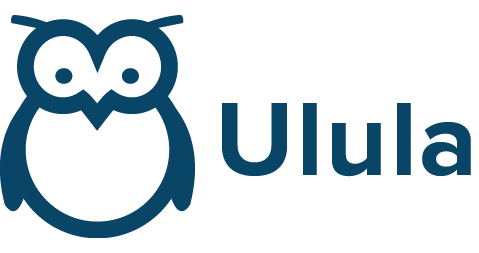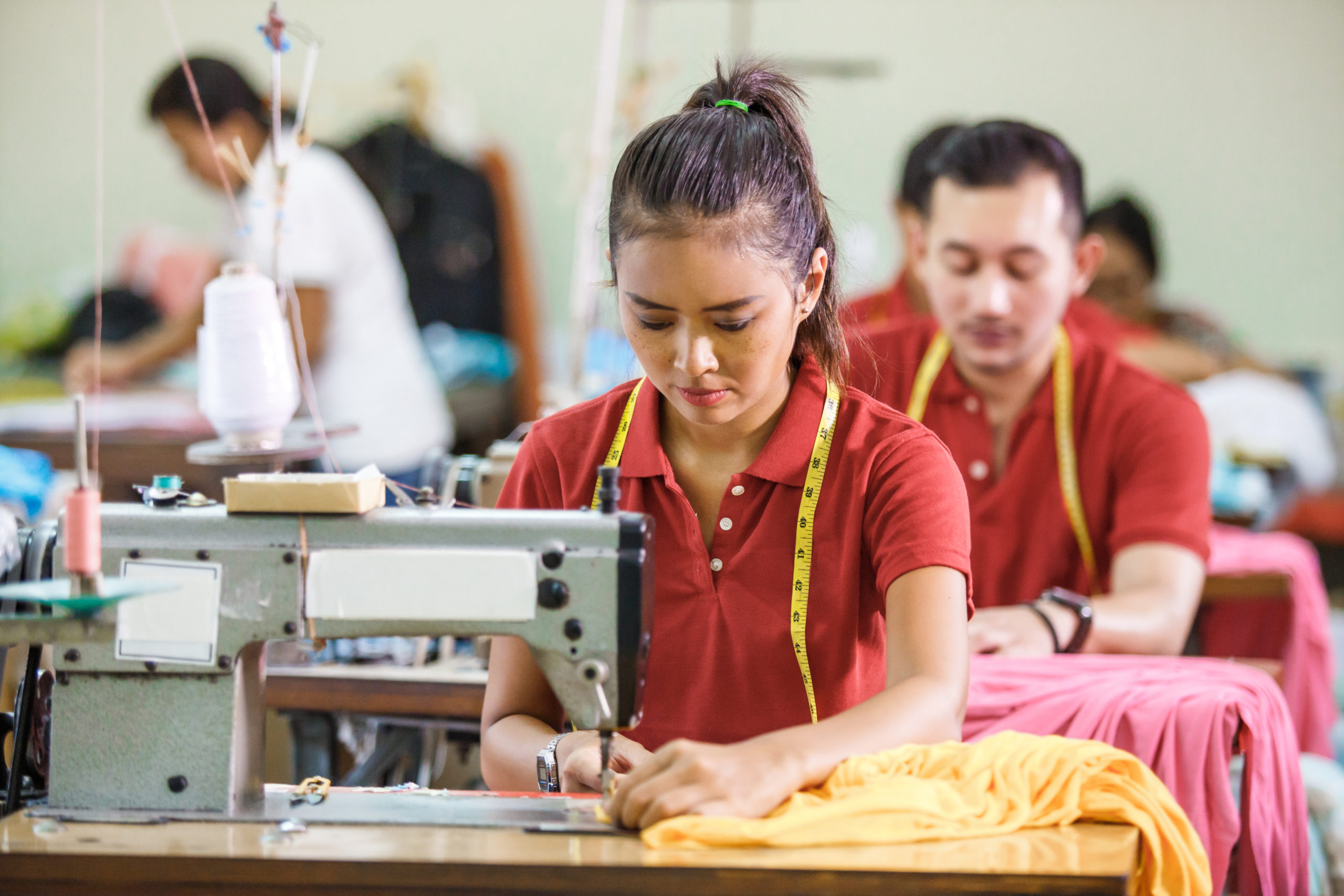A new imperative for change
The pandemic has also limited the capacity of our traditional social compliance methods, while exposing many of their shortcomings. With restricted capacity for on-site audits due to risk of infection, coupled with prevalent issues like audit fraud and a failure to identify nuanced issues like modern and child slavery, today’s industry-led model has failed to generate meaningful ESG improvements for workers in global supply chains. Furthermore, the emergence of new directives such as Germany and France’s mandatory human rights due diligence laws, and the establishment of a European social taxonomy to harmonize disclosures and measurement of business impact on society demonstrate a shift towards protecting workers and advancing well-being across global supply chains.
As the pandemic disrupts traditional social compliance models, it also offers an opportunity to experiment with new approaches to monitoring and improving social, labor and human rights in global supply chains. In that context, various certification bodies have been exploring innovative approaches to social assurance such as virtual auditing and remote data collection.
Hybrid Audits: A New Approach
Hybrid audits blending remote, and in-person methods of data collection for social assurance have been developed to address limitations of on-site visits and to improve the efficacy and efficiency of the traditional audit model. Hybrid audits conducted using worker voice technology – technology designed to enable workers to disclose their concerns about working conditions directly through digital surveys – can contribute to the much-needed symphonization of data and approaches to social compliance. Worker voice-driven methods use feedback collected directly from workers to provide ongoing nuanced insights into supply chain issues, and enable companies to foster worker-driven solutions.
Ulula piloted two hybrid audit projects using worker voice technology. The first project targeted cotton farm workers to gather their feedback and experiences through digital surveys. Secondly, in partnership with a standard-setter in fair trade goods, Ulula piloted a worker voice survey in several factories, all with different levels of compliance with production standards. These projects have found that, when used in tandem with in-person audits, worker voice technology can strengthen current approaches to social and labor compliance in three ways:
One: Improving the quality of data
Worker voice technology is designed to reach large numbers of workers by utilizing digital and accessible forms of engagement, allowing for a larger sample of data than a traditional audit is able to collect. Ulula’s study showed that remote audits conducted using worker voice technology offer a robust approach to identifying social and labor risks, and areas of non-compliance with international standards, despite the fact that hybrid audits pose less of a health and safety risk during the pandemic, and are less intrusive to normal operations.
Two: Providing a deeper dive into the supply chain
Traditional on-site audits are not well equipped to identify modern slavery risks upstream in supply chains, as traceability and engagement become more elusive and cost prohibitive. Because digital worker engagement technology is implemented through accessible digital technology, worker voice technology is easily deployable beyond the first tier of the supply chain to reach stakeholders like smallholder farmers, agricultural workers, and the gig economy, while remaining cost competitive. For example, Ulula’s pilot project in the cotton sector was able to reach dispersed agricultural workers who are typically too remote, or lack the formal contracting to be reached by a traditional audit. It did so by providing multiple ways of delivering surveys, such as through interactive voice response (IVR) technology.
Three: Improving Efficiency
Traditional on-site audits are not designed to meet the demand for more credible, continuous and comprehensive ESG data from investors and regulators. Going beyond the audit, worker voice technology can be employed as a robust management system to meet that demand. Digital worker engagement technology is cost effective, allowing more resources to be directed towards remediating issues detected through the system. The approach also offers important efficiency gains. The hybrid model reduced the number of audit days between 50 and 75 percent, saving significant financial resources and allowing investment in supplier development and continuous improvement. Gains in efficiency and cost savings can vary based on a site’s existing compliance level with standards – for example, a factory which has been designated as “high risk” may not gain significant cost or time savings from using remote auditing technology when the certification protocol mandates longer on-site presence, however, by using a hybrid audit model, other non-compliance issues can be better addressed than through an in-person audit alone.
A bright future in sight?
While worker engagement technology can amplify worker voices, technology alone is not a panacea for the systemic issues that fail to hold suppliers and brands accountable for labor abuses. Building more resilient supply chains and protecting workers in the post-pandemic recovery will require a more equitable distribution of risks and costs across supply chains – something that can only be achieved through a combination of greater worker involvement in decision-making and stricter public regulation of supply chain standards. Hybrid audit models offer an innovative, necessary but insufficient step to create more responsible supply chains.
COVID-19 has laid bare the human toll of our inadequate social compliance monitoring standards, yet presents a unique opportunity to symphonize our systems. By embracing innovation that places workers at the forefront of solutions, we can not only change how we are conducting these processes, but change who this process is serving.

